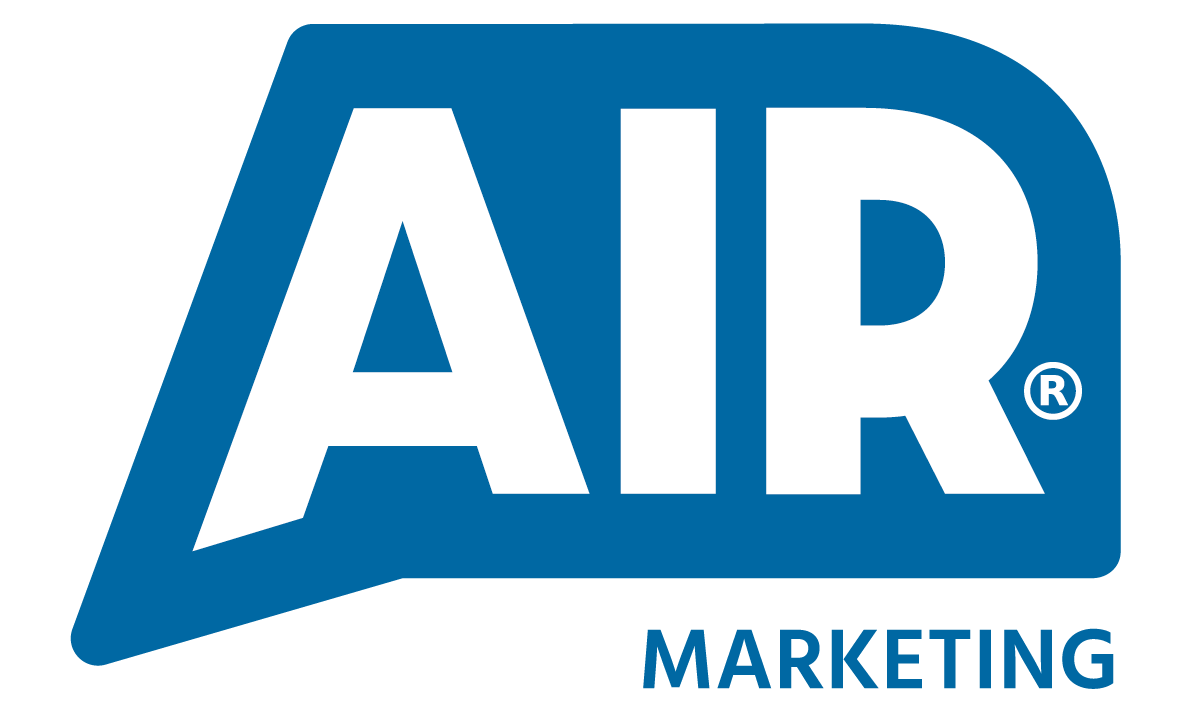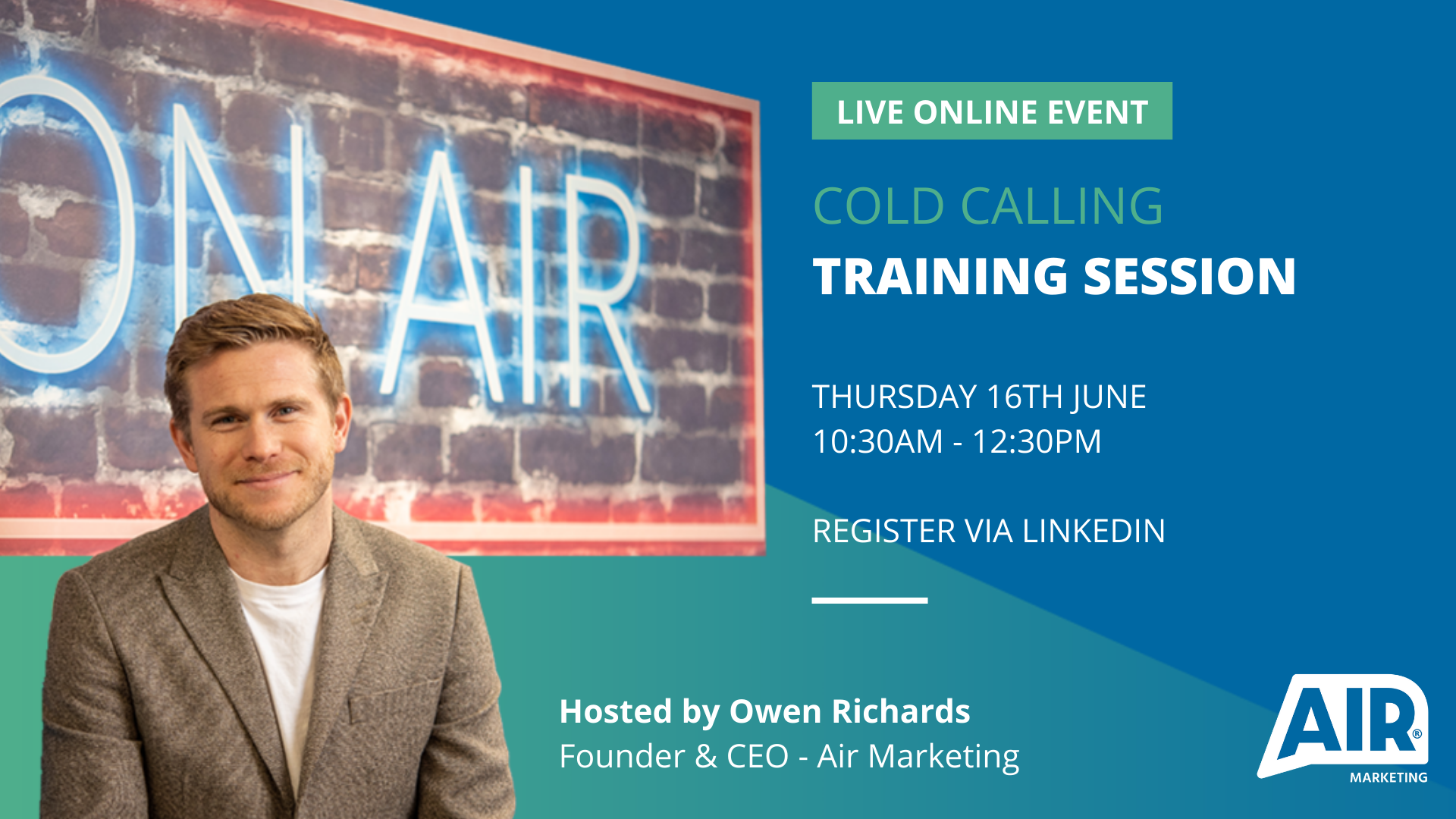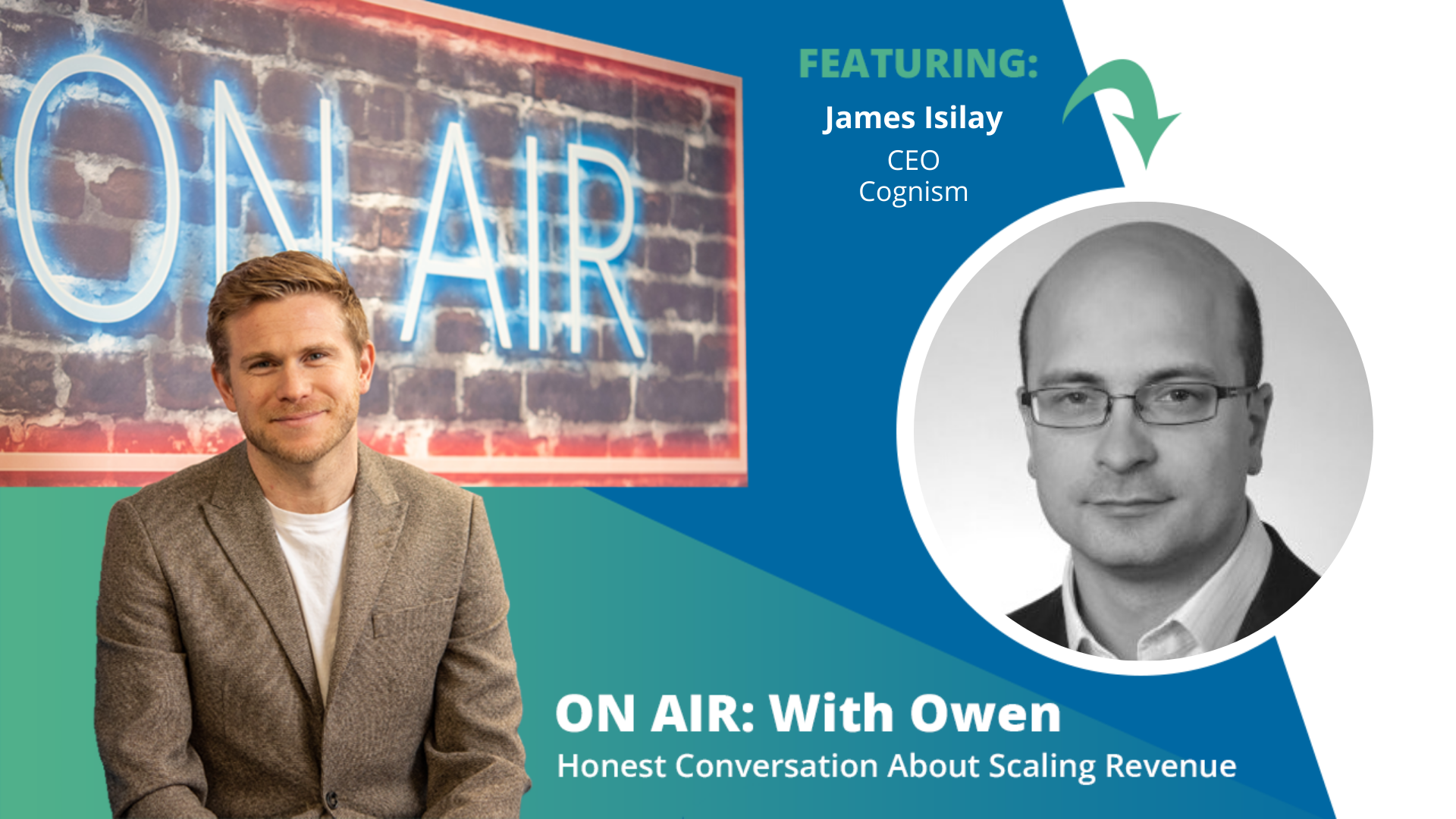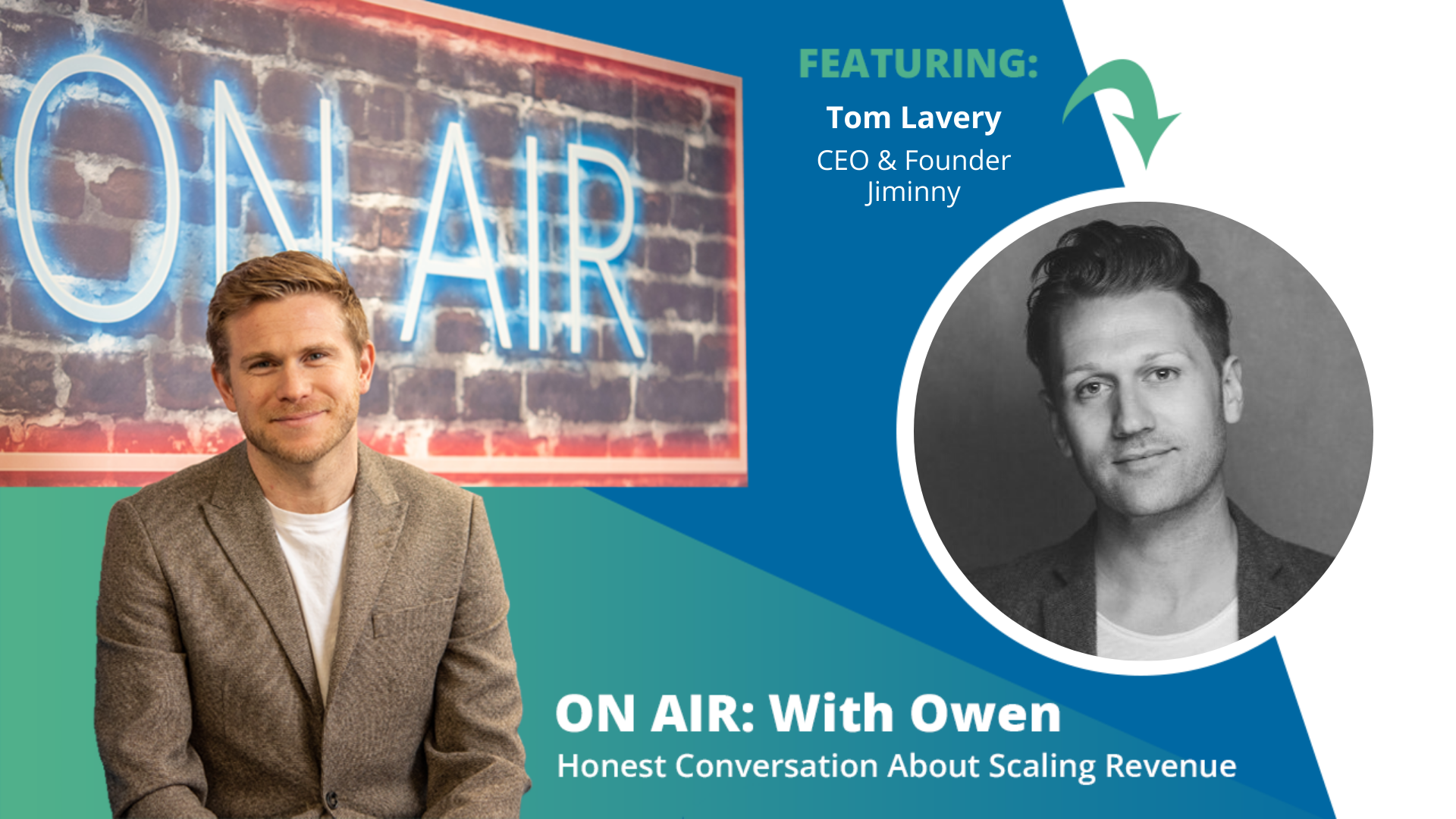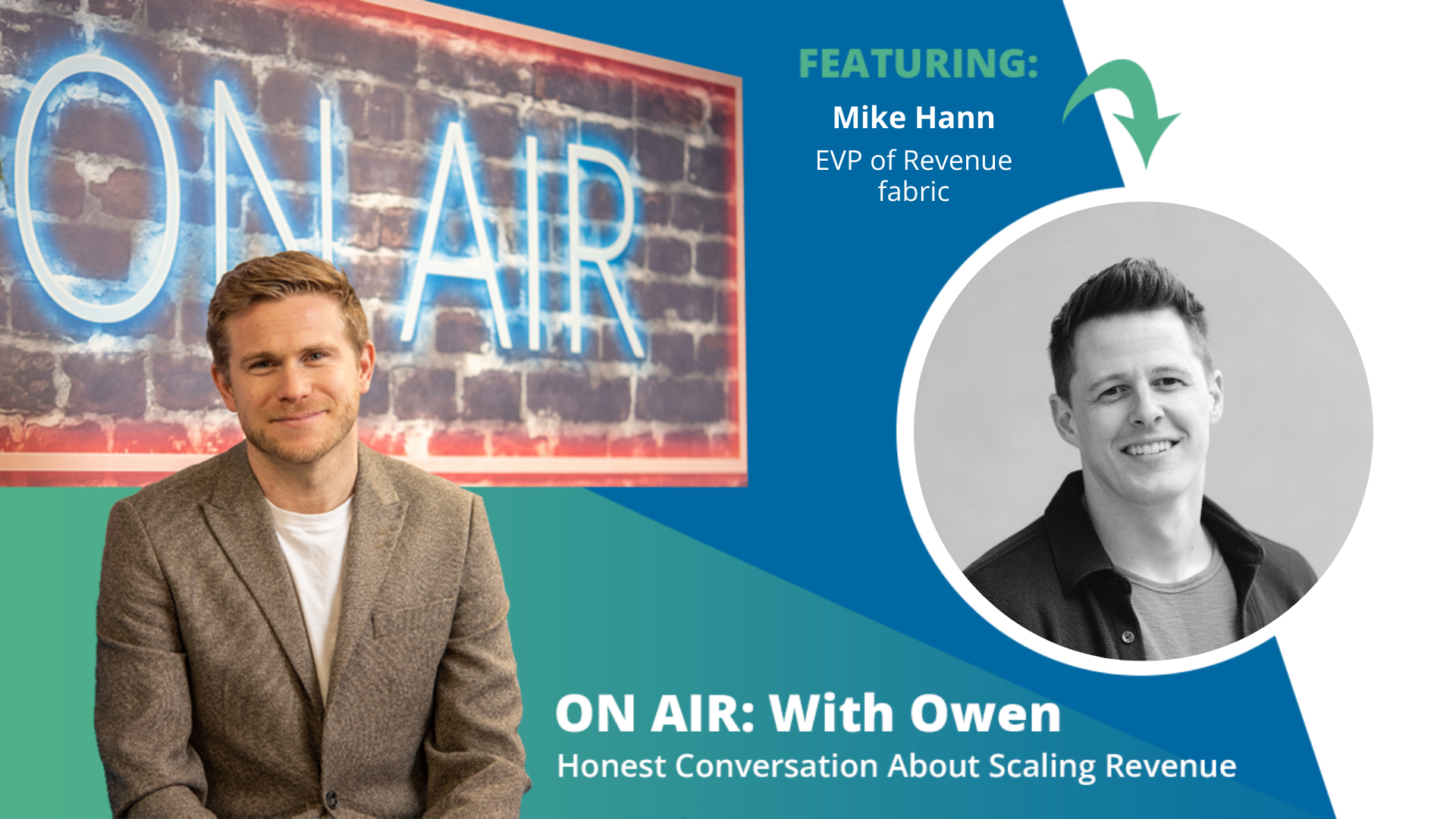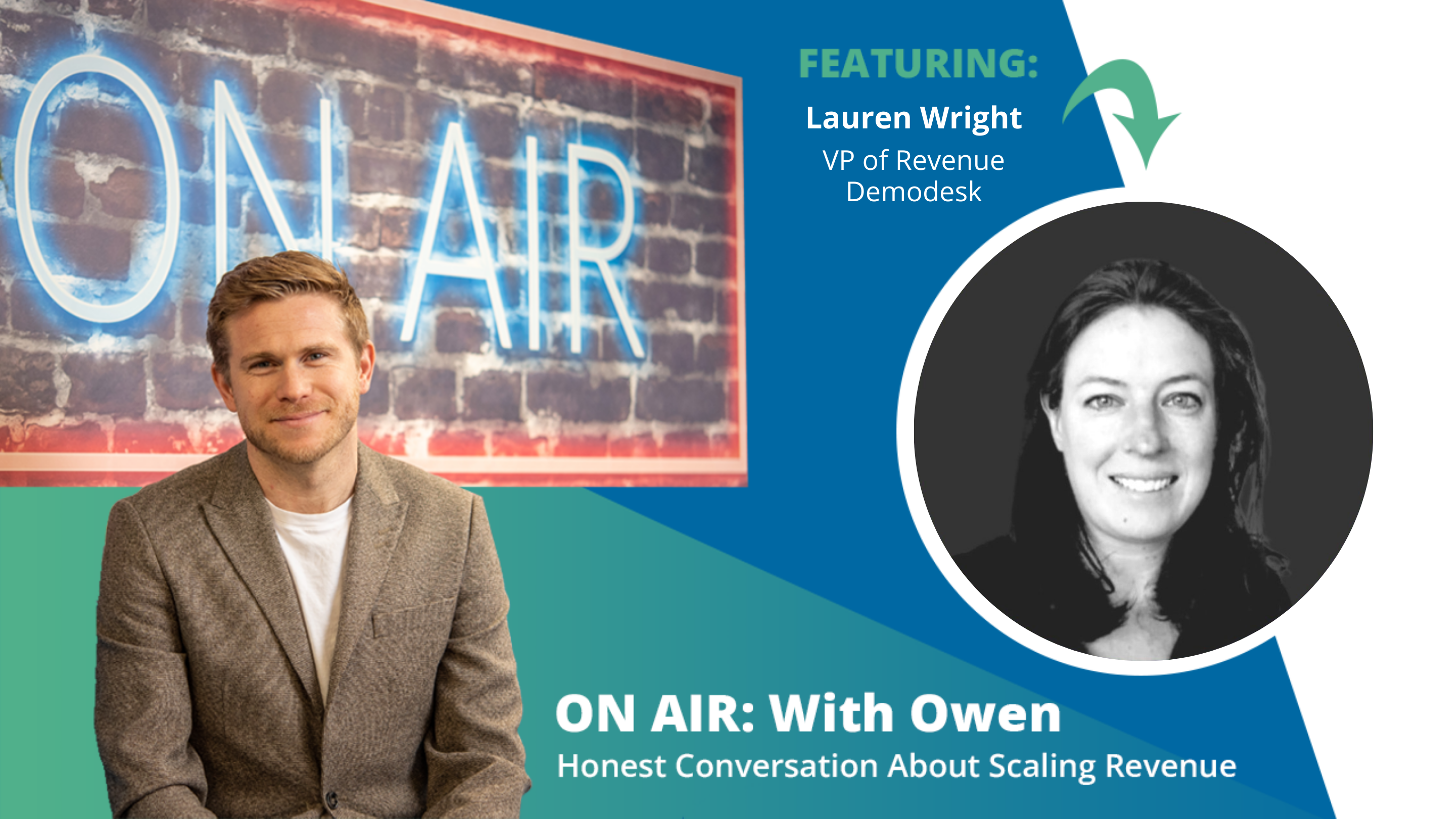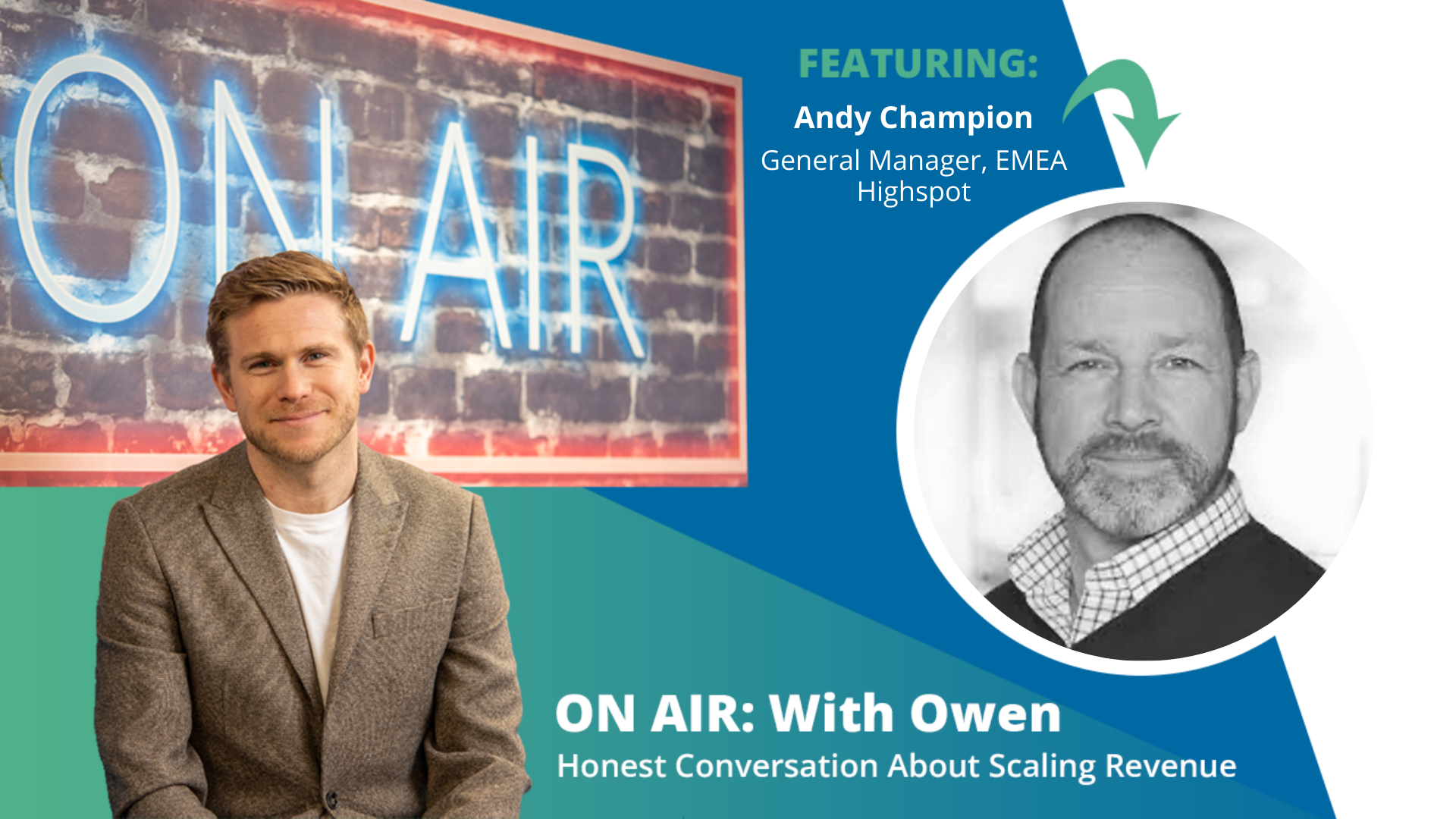Value will continue to rise. Companies will churn. Merges and acquisitions will augment the market and people will be more important than ever before.
SaaS and tech funding gained momentum during the pandemic, with mega-deals recalibrating and redefining the value of tech industries forever. The pandemic takes credit as an accelerator but not the reason. Companies had digitisation and digital strategies in place but it was Covid (more specifically lockdowns) that made it impossible for a board to procrastinate any longer. In addition companies were suddenly exposed to, and forced to react to, a lack of utilisation of their suite of existing tech and software and ‘technical debt’ rocketed up the priority list straight into the top 5.
Disconnecting human interaction at work made digital adoption and tech hygiene a basic requirement. In the case of sales and martech, one of the only ways of proving individual and team effectiveness performance was by ensuring activities, interactions and meetings were logged, noted, actioned. Out of this sales enablement and RevOps has blown up. ‘Faster, higher, stronger, together’ isn’t just applicable as a motto for the Olympics and athletes.
So where’s it heading?
According to CB Insights Q1 2022 State of Fintech Report, there has been an 18% reduction in tech investment in Q1 this year, that will make for some interesting boardroom discussions. Competition for investors’ money will come with more scrutiny, more prudence. Less Dragons Den and more Goldman Sachs. Because of this companies will churn and mergers and acquisitions will be on the rise. The mega-mergers will make the headlines but the SMB and mid-market conglomeration will be prolific and shape the landscape just as much.
SaaS and tech investment drive returns and whilst the value bubble isn’t going to burst, the talent bubble might. Leaders and executives who can deliver at speed have never been more in demand – nor have they ever been more aware of their value. Forget brand equity, ARR or EBITDA, what’s your talent equity?
Exceptional people, who have the right attributes not just to perform and develop their function (e.g. sales, IT) but across other areas of the business are in scarce supply. The cross-pollination of ideas across business functions is the alchemy where the real magic happens. It’s hard, almost impossible, to create these conditions remotely which is why we saw Google earlier this year mandate employees to be back in office three days a week on average. How this plays out and how it defines and affects companies success is a subject for another day, another blog.
Commercial Director – Air Marketing
